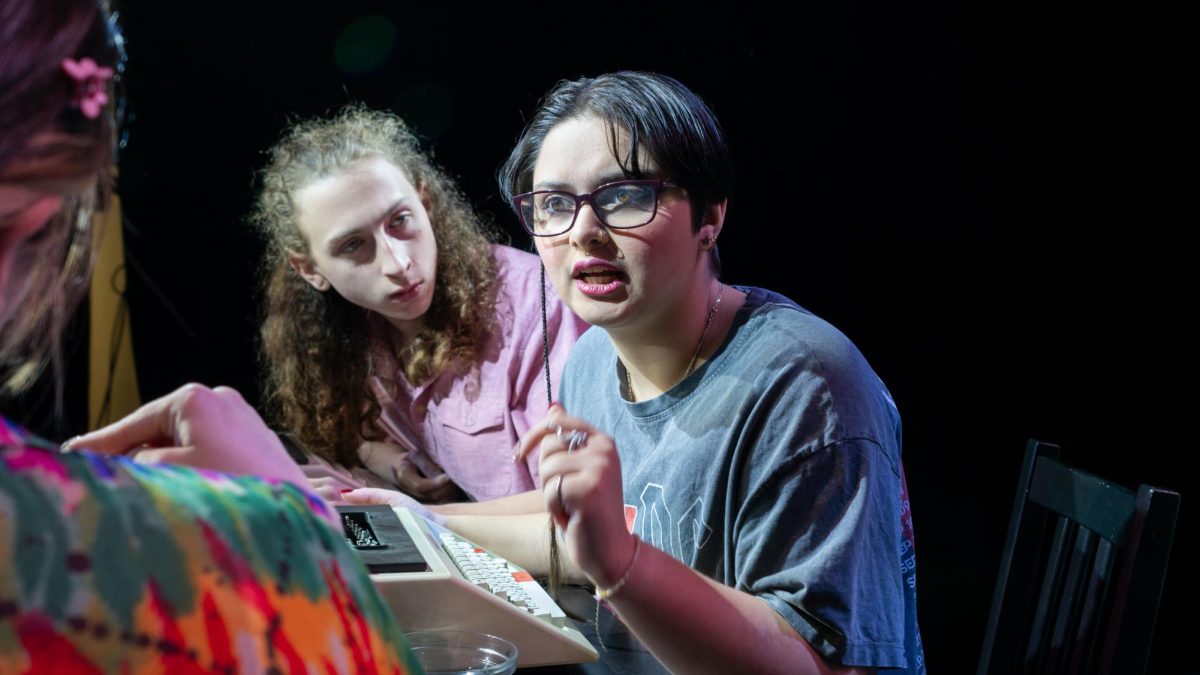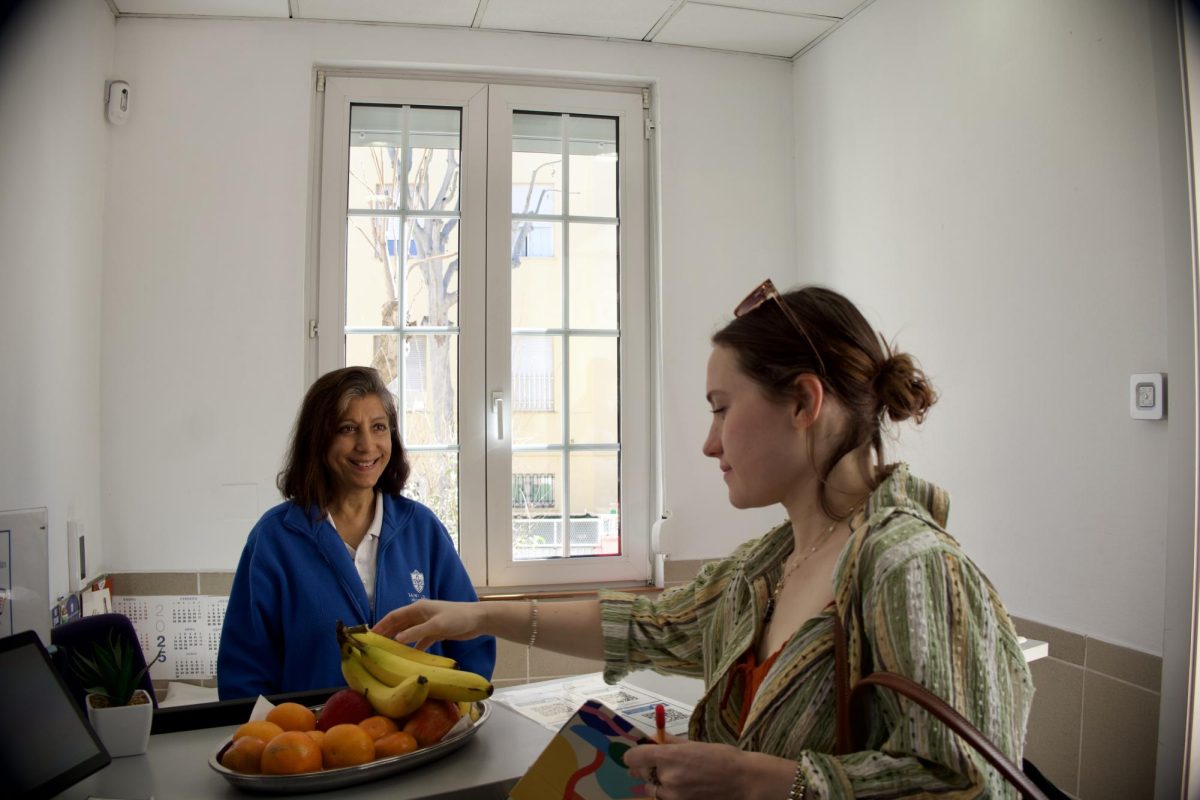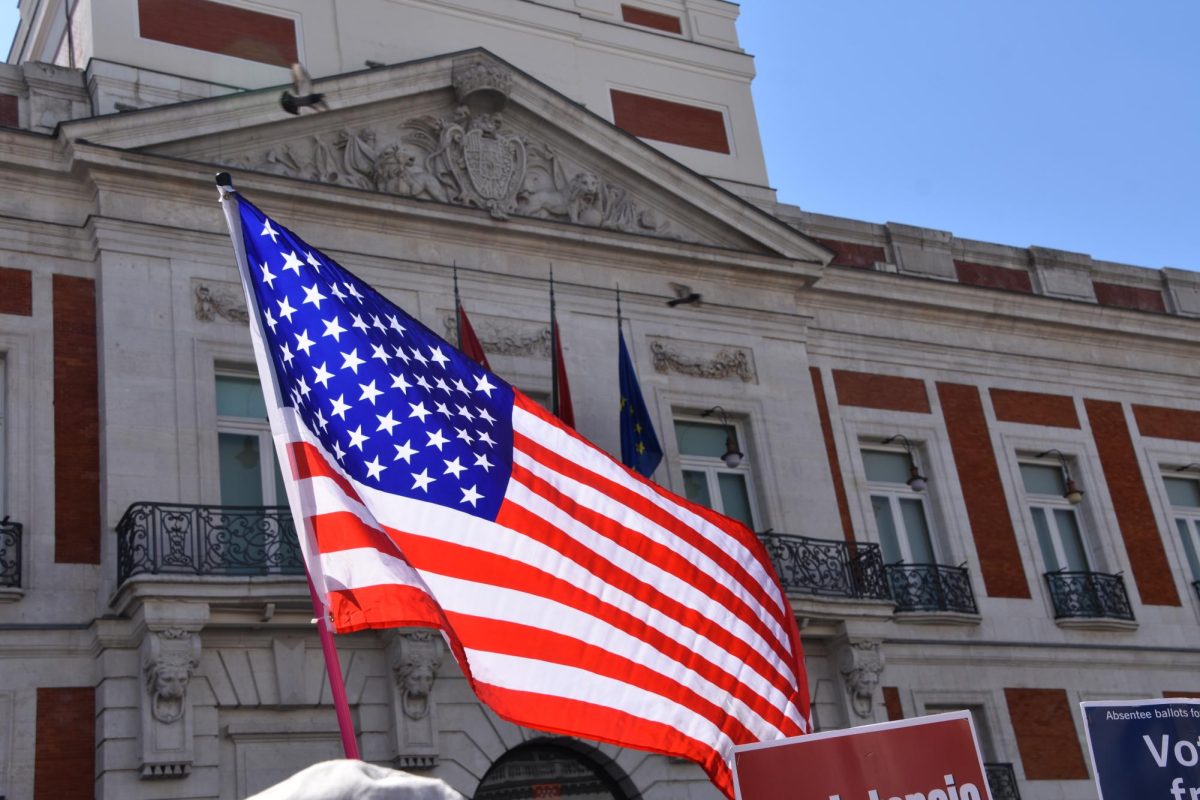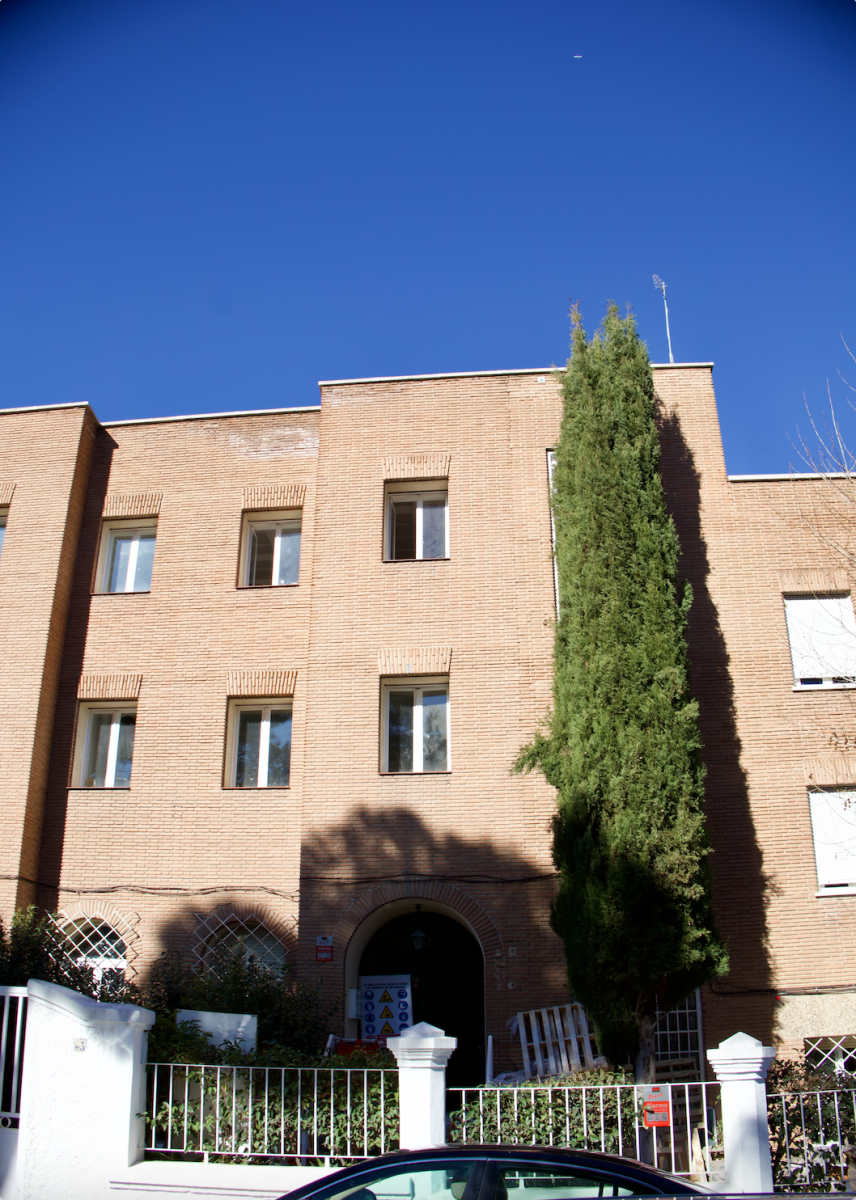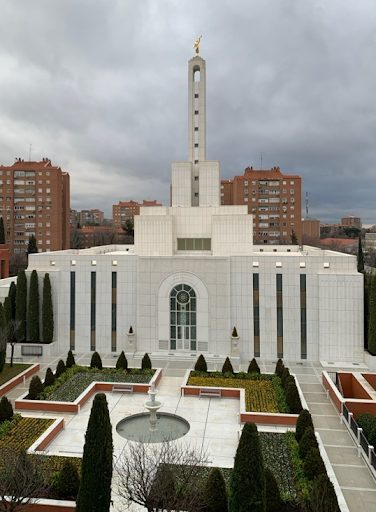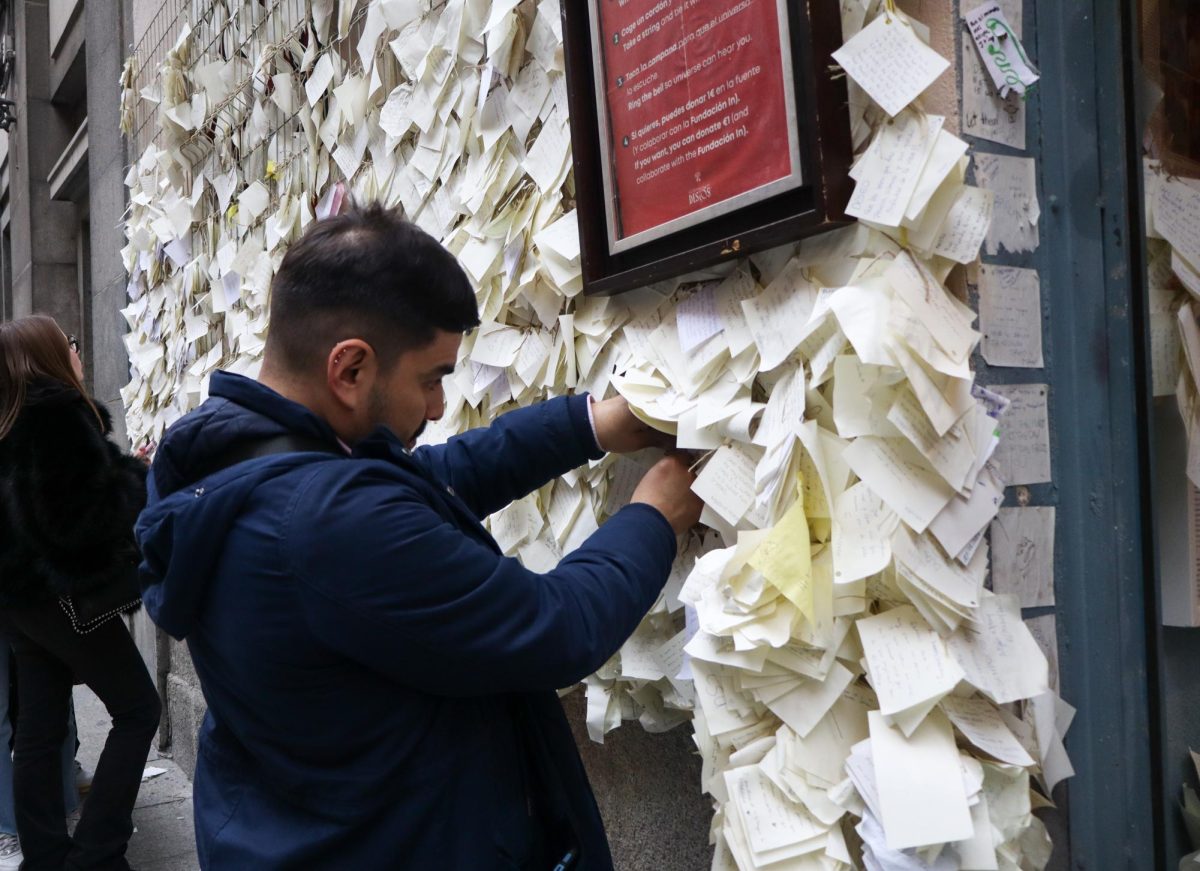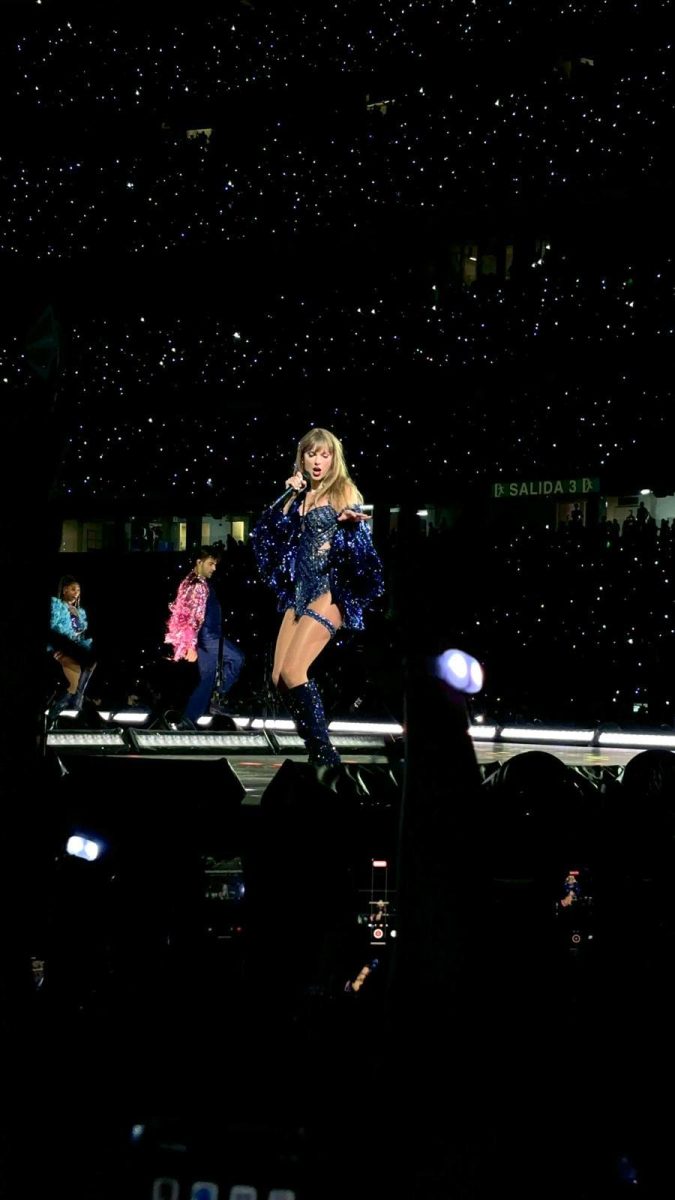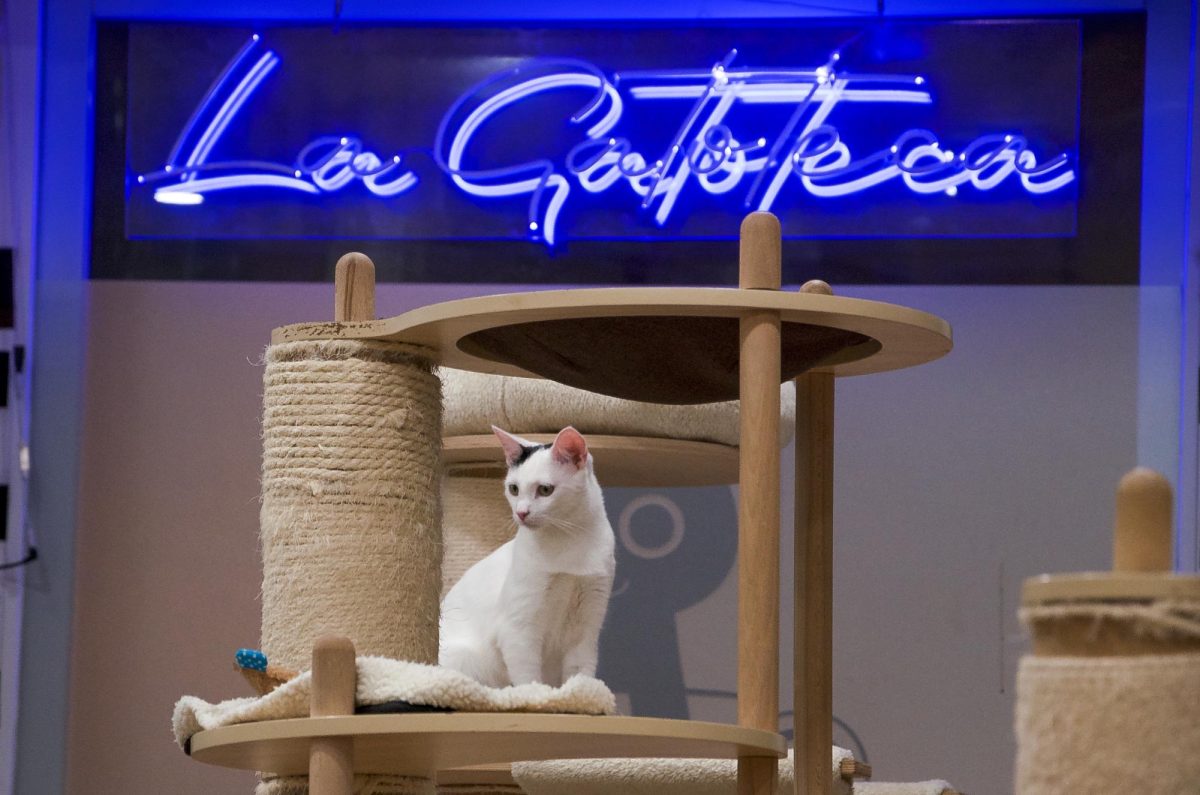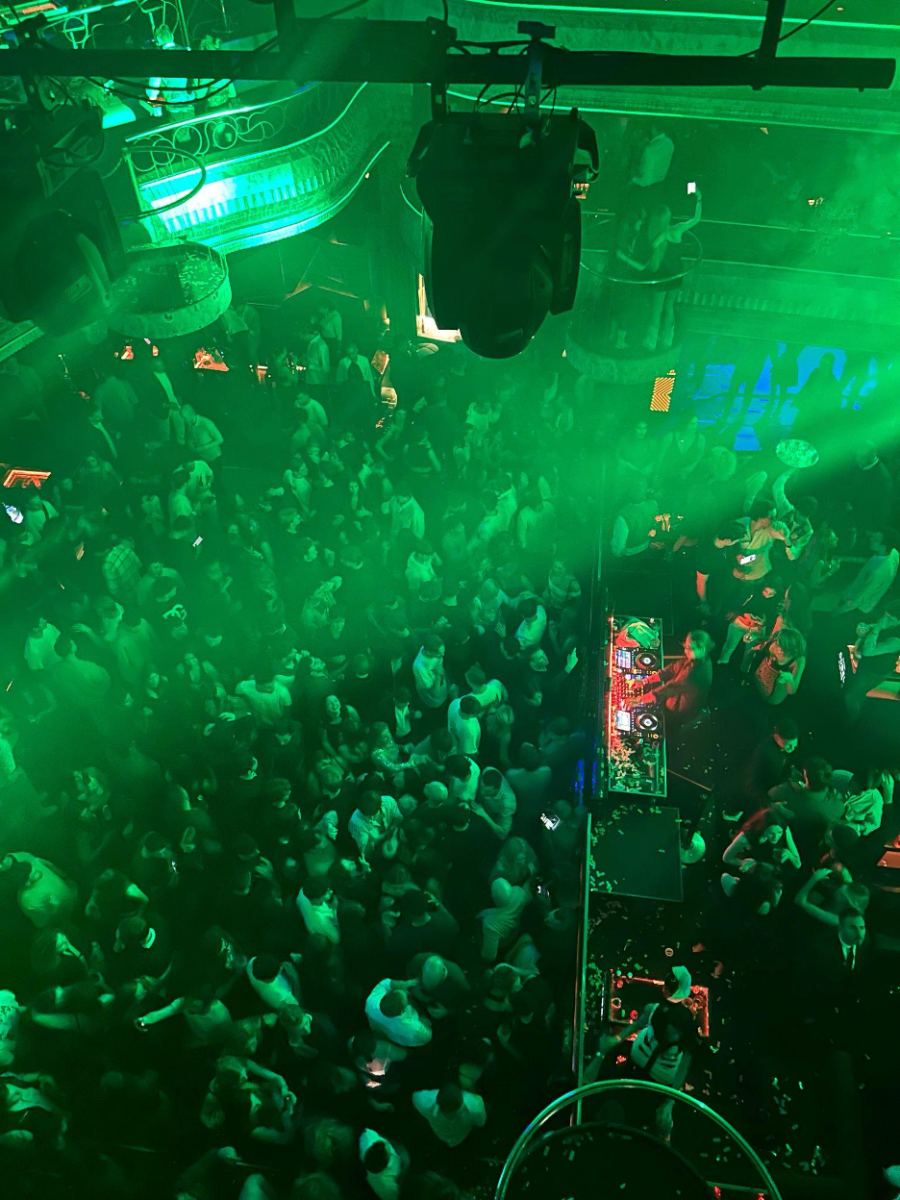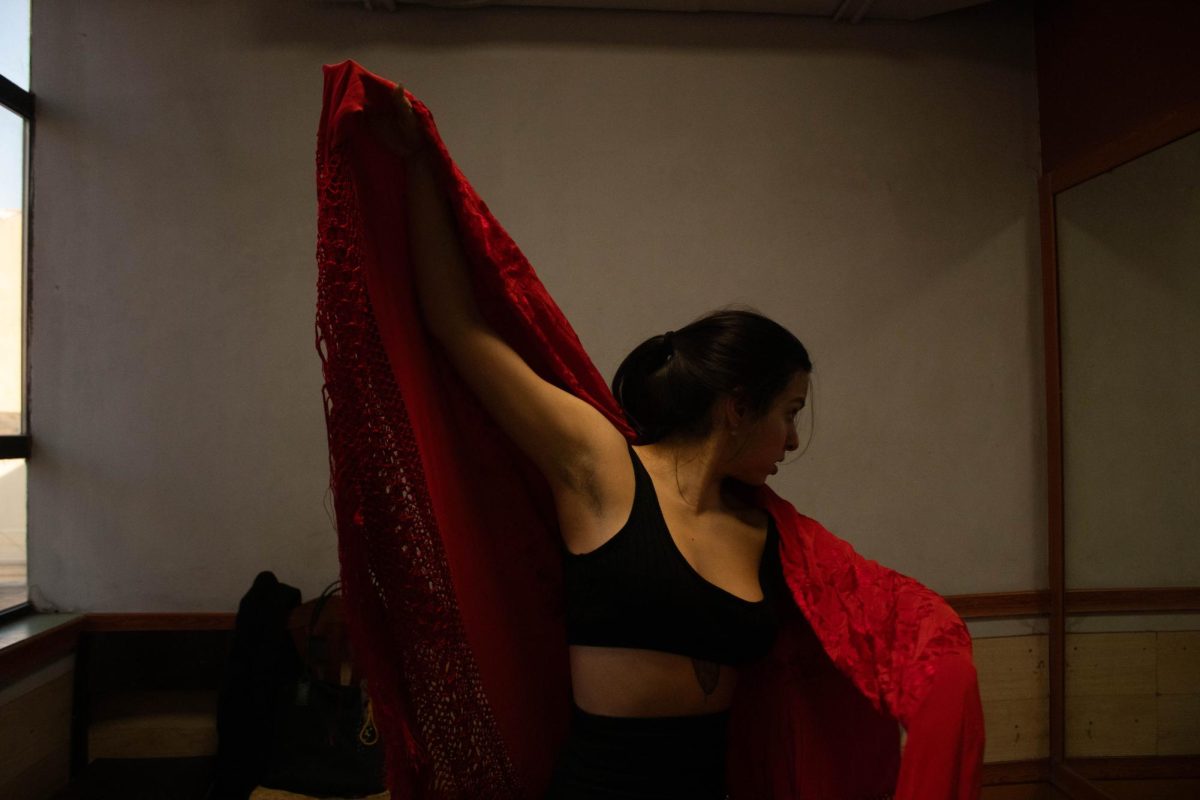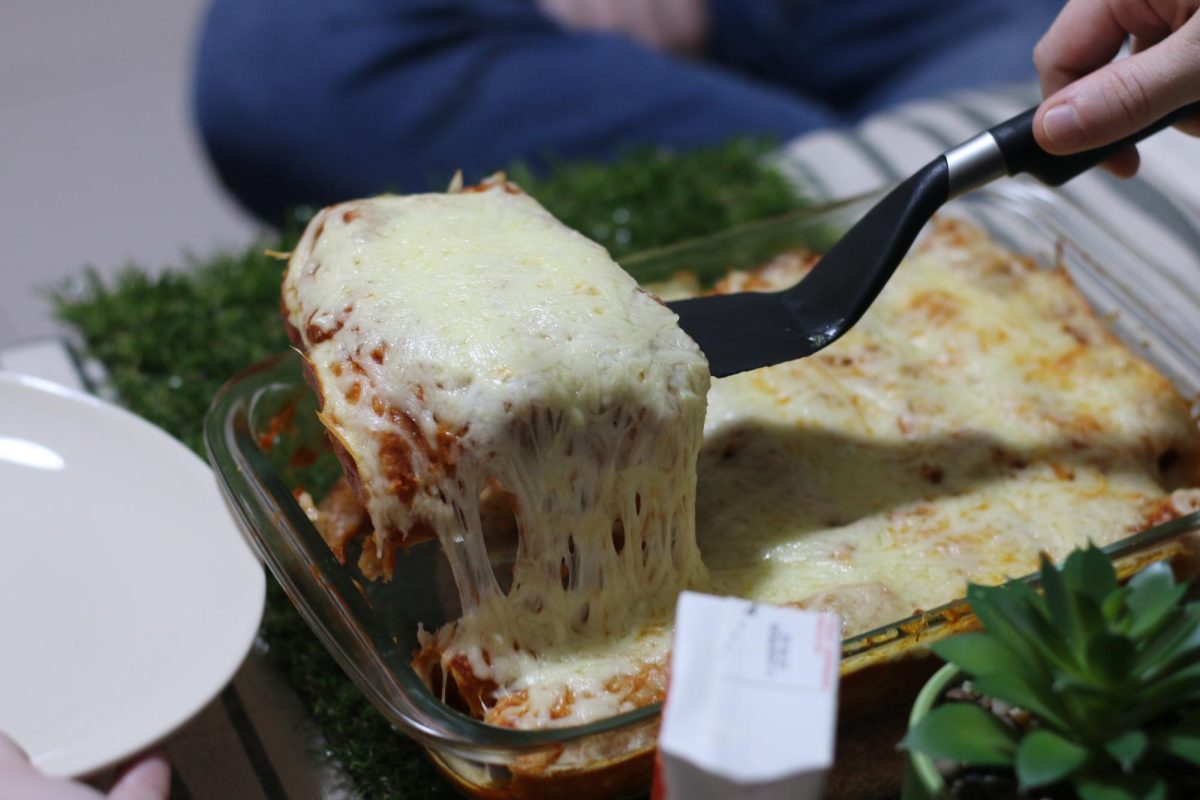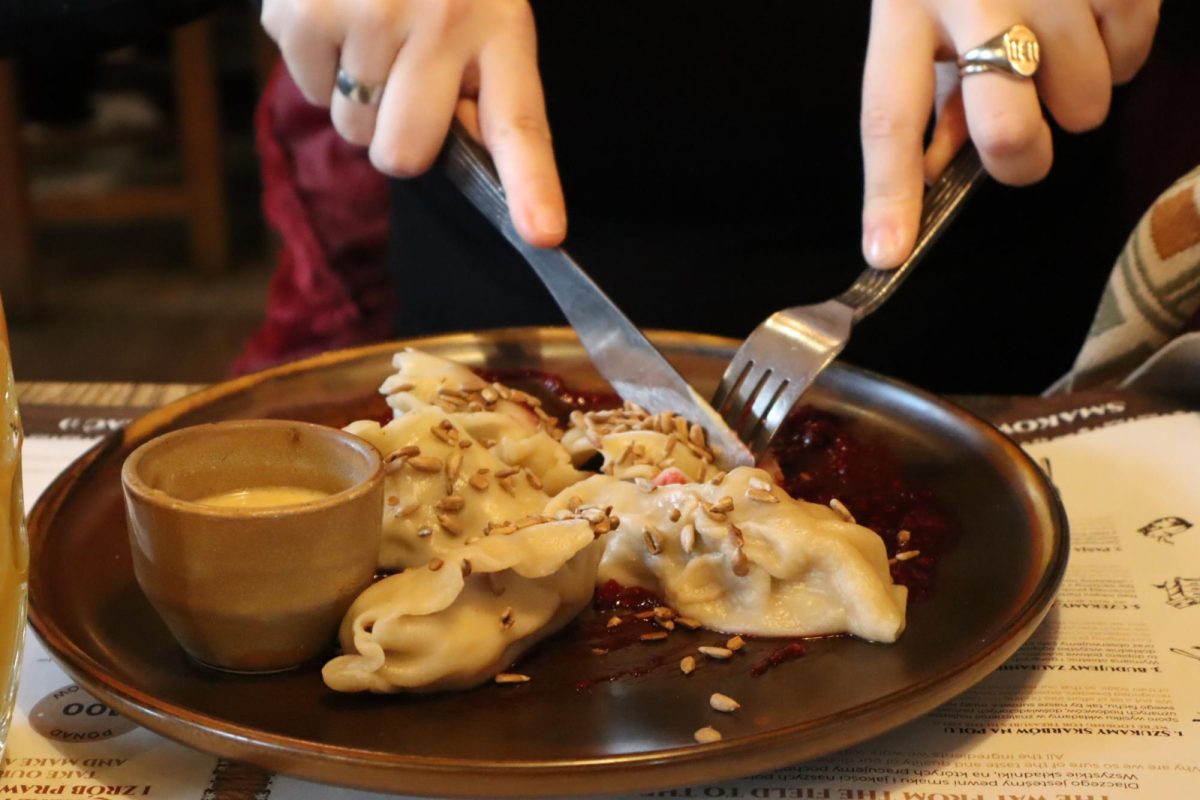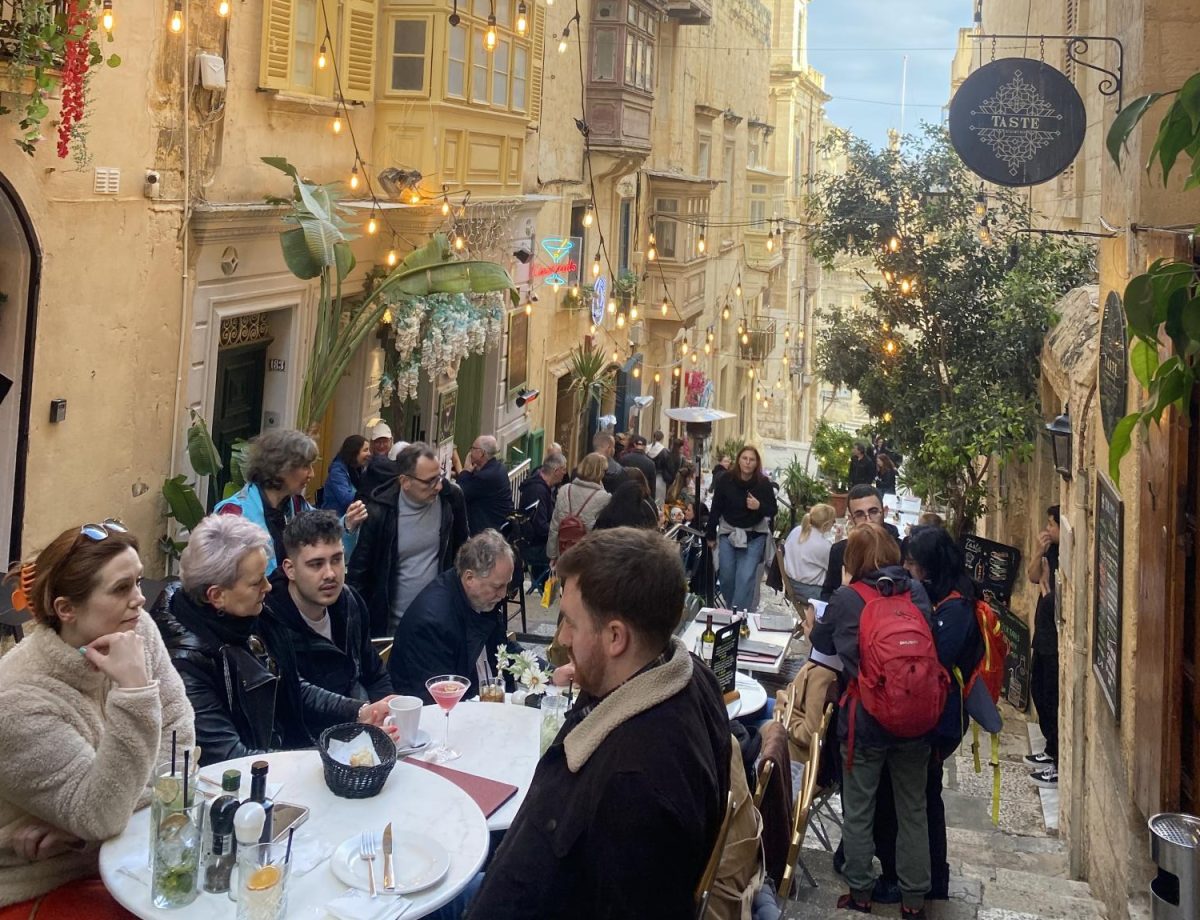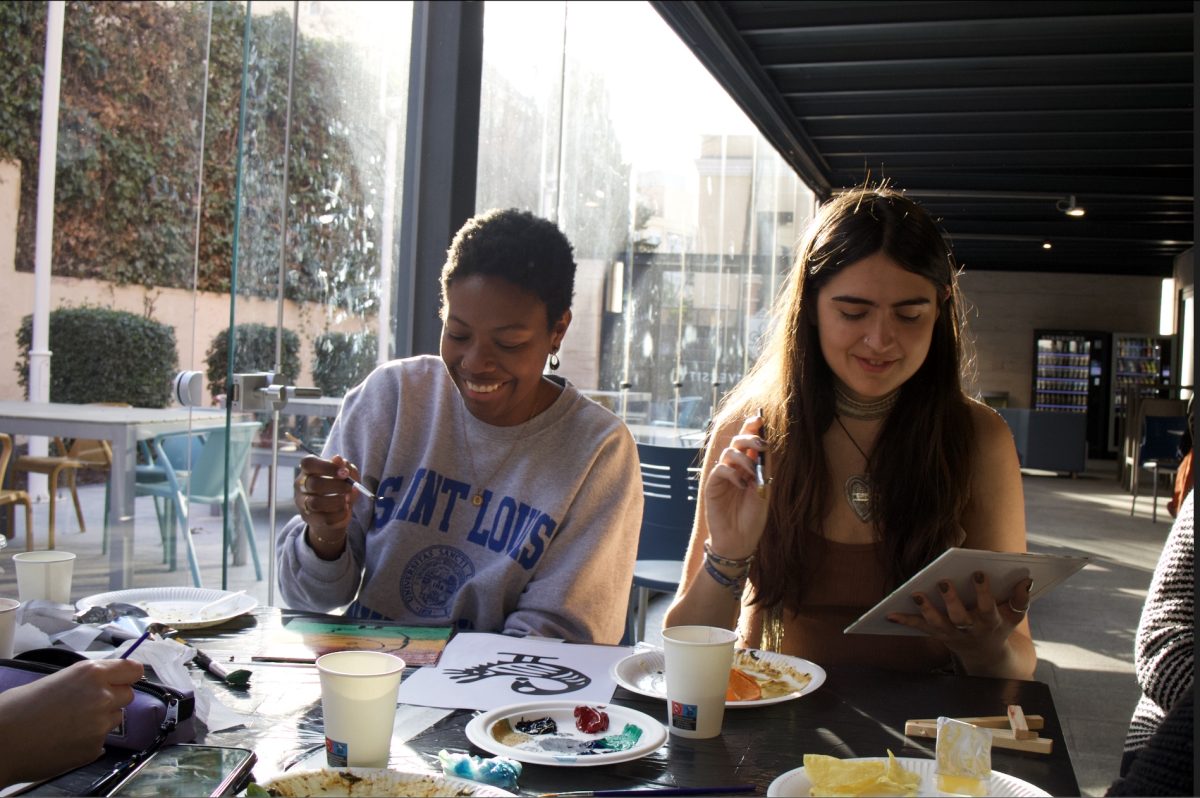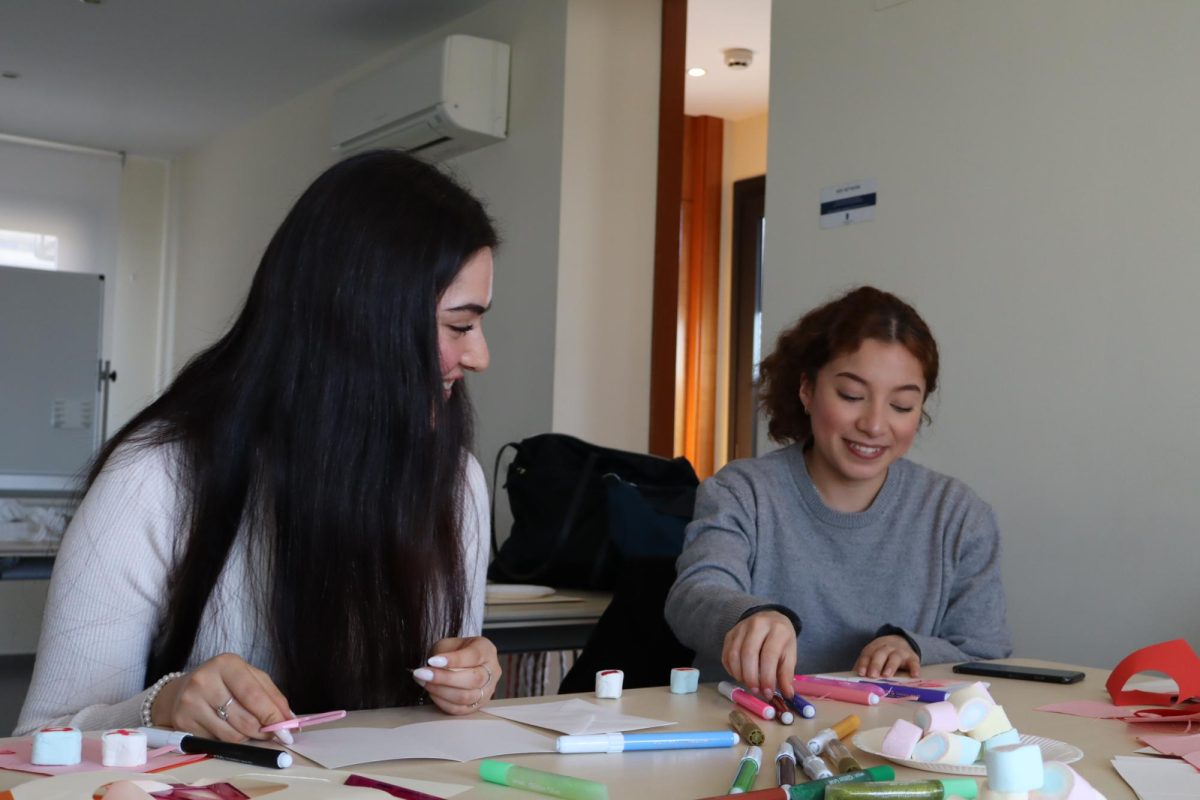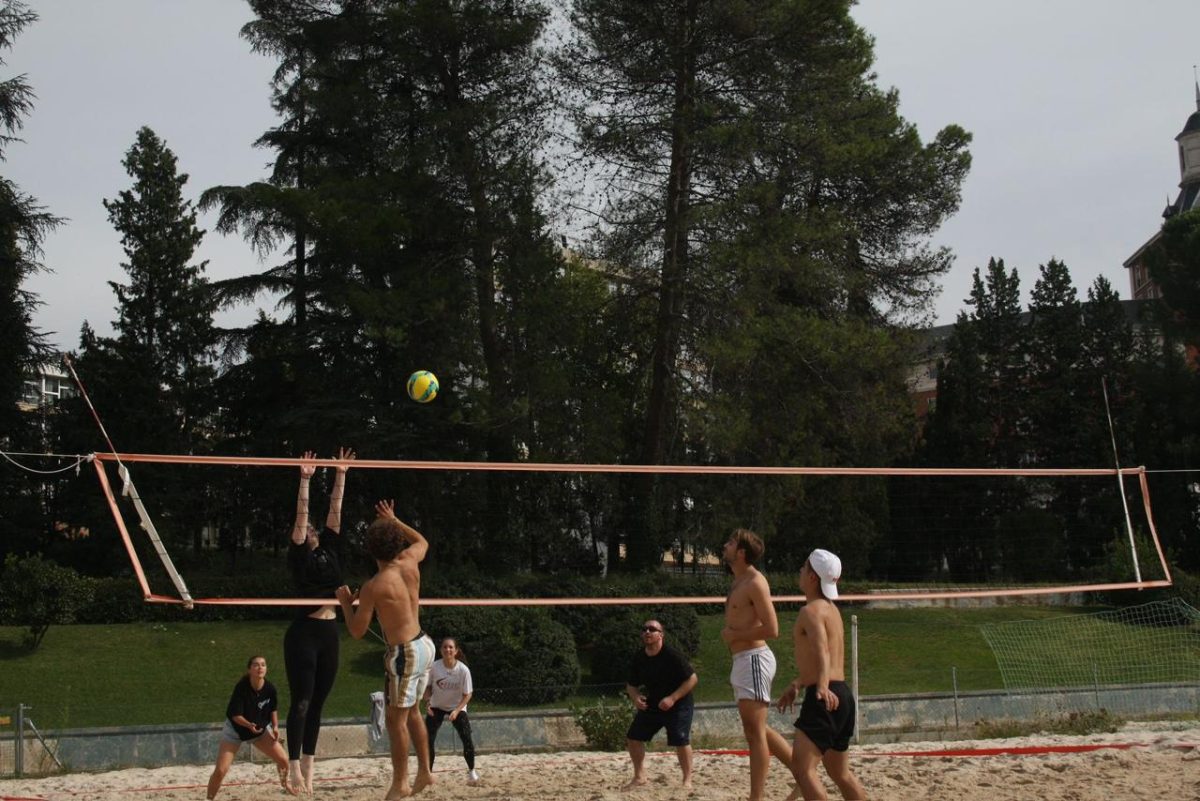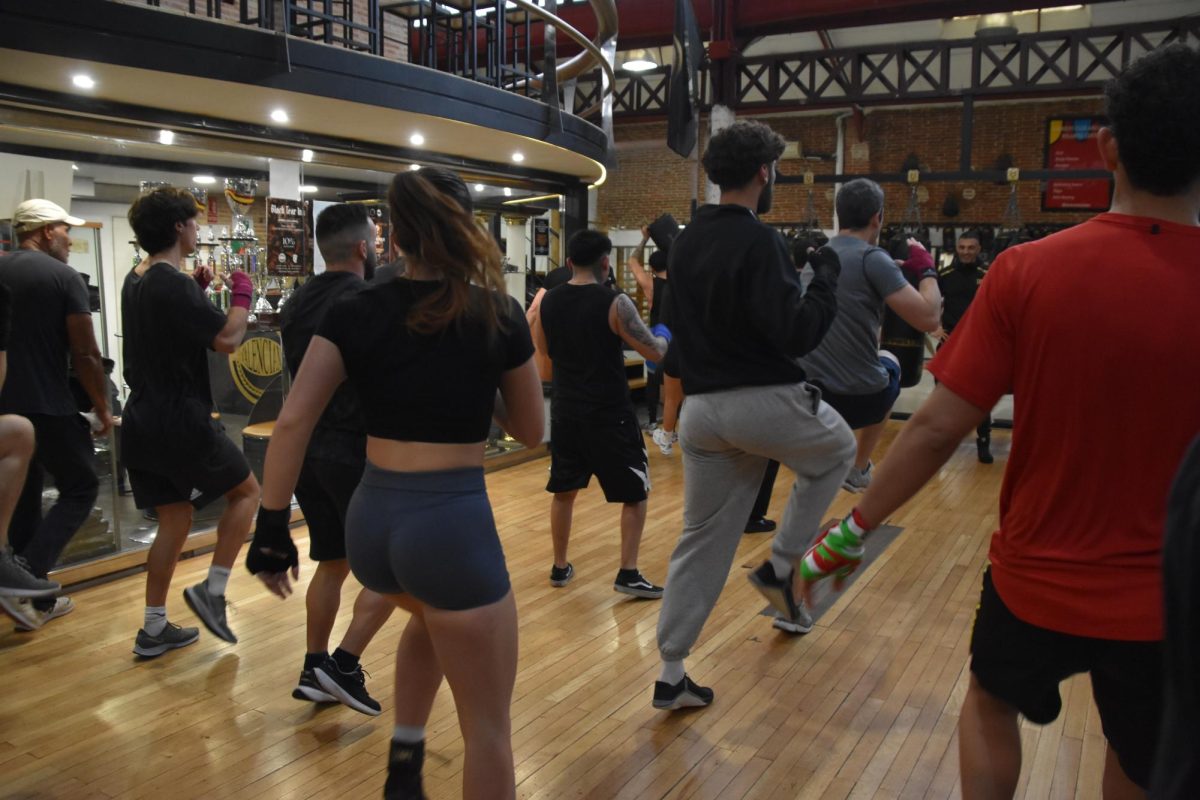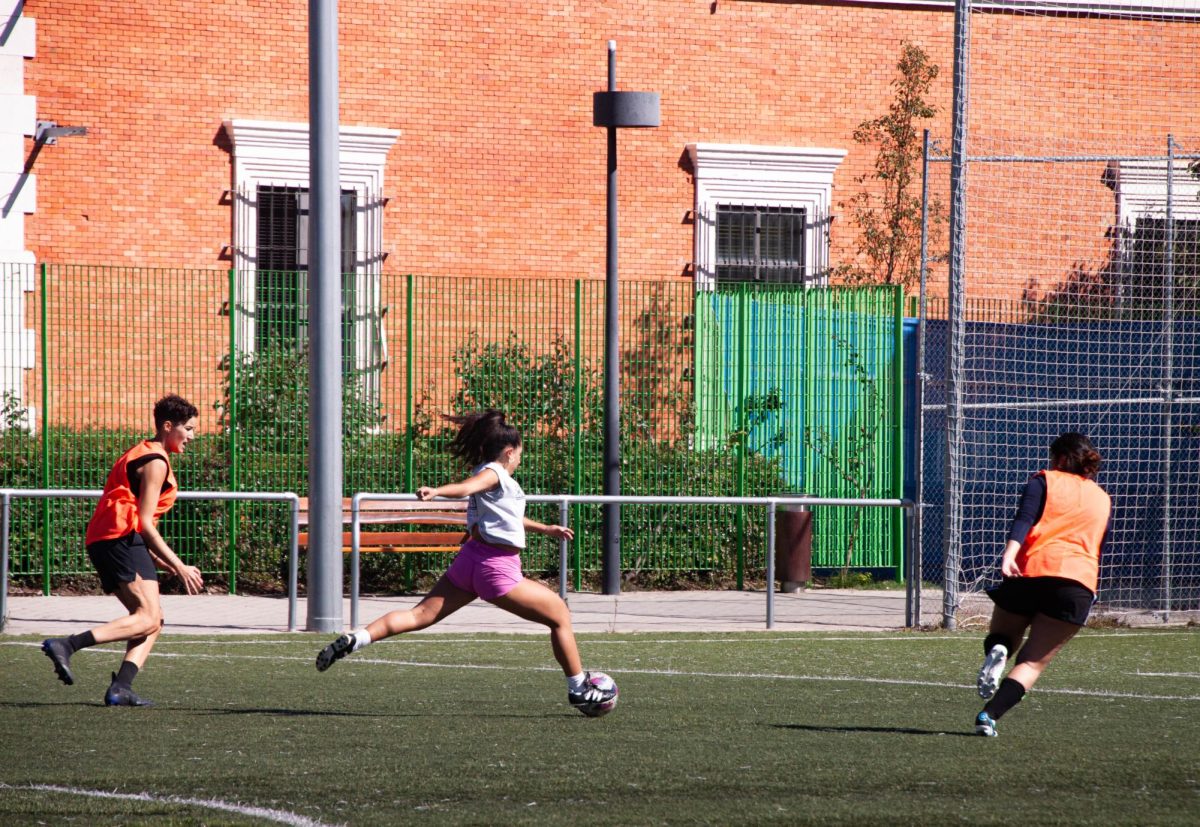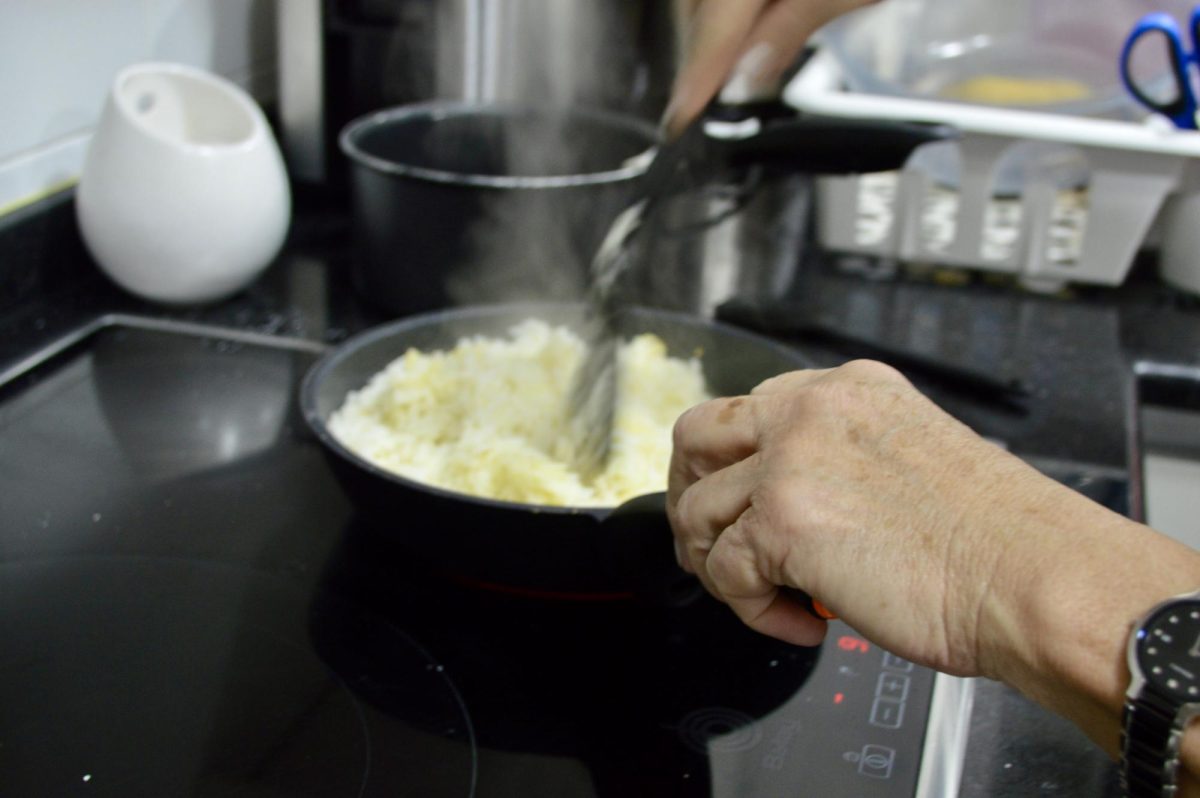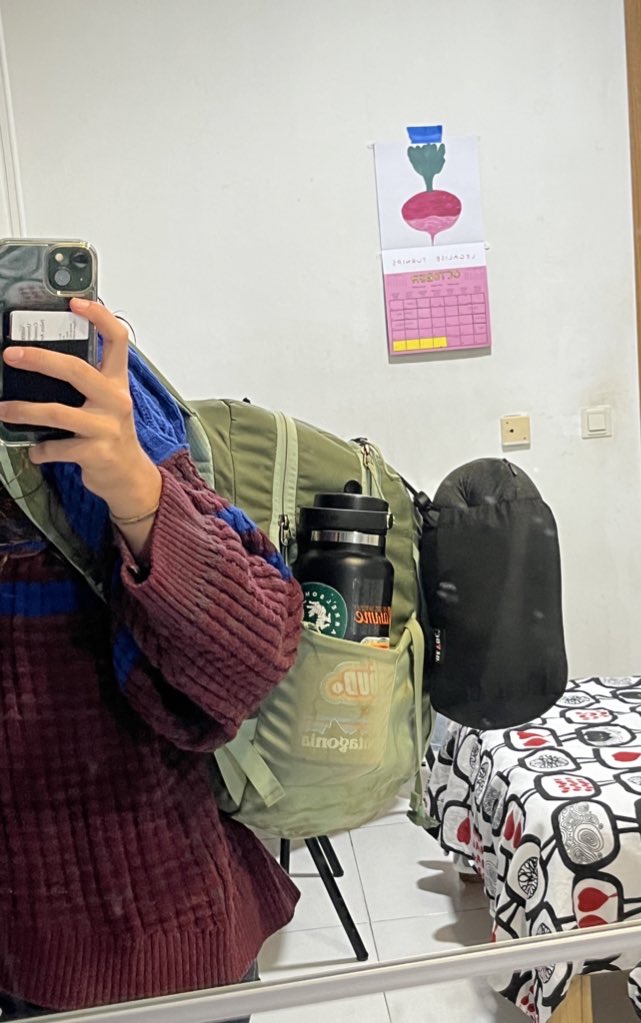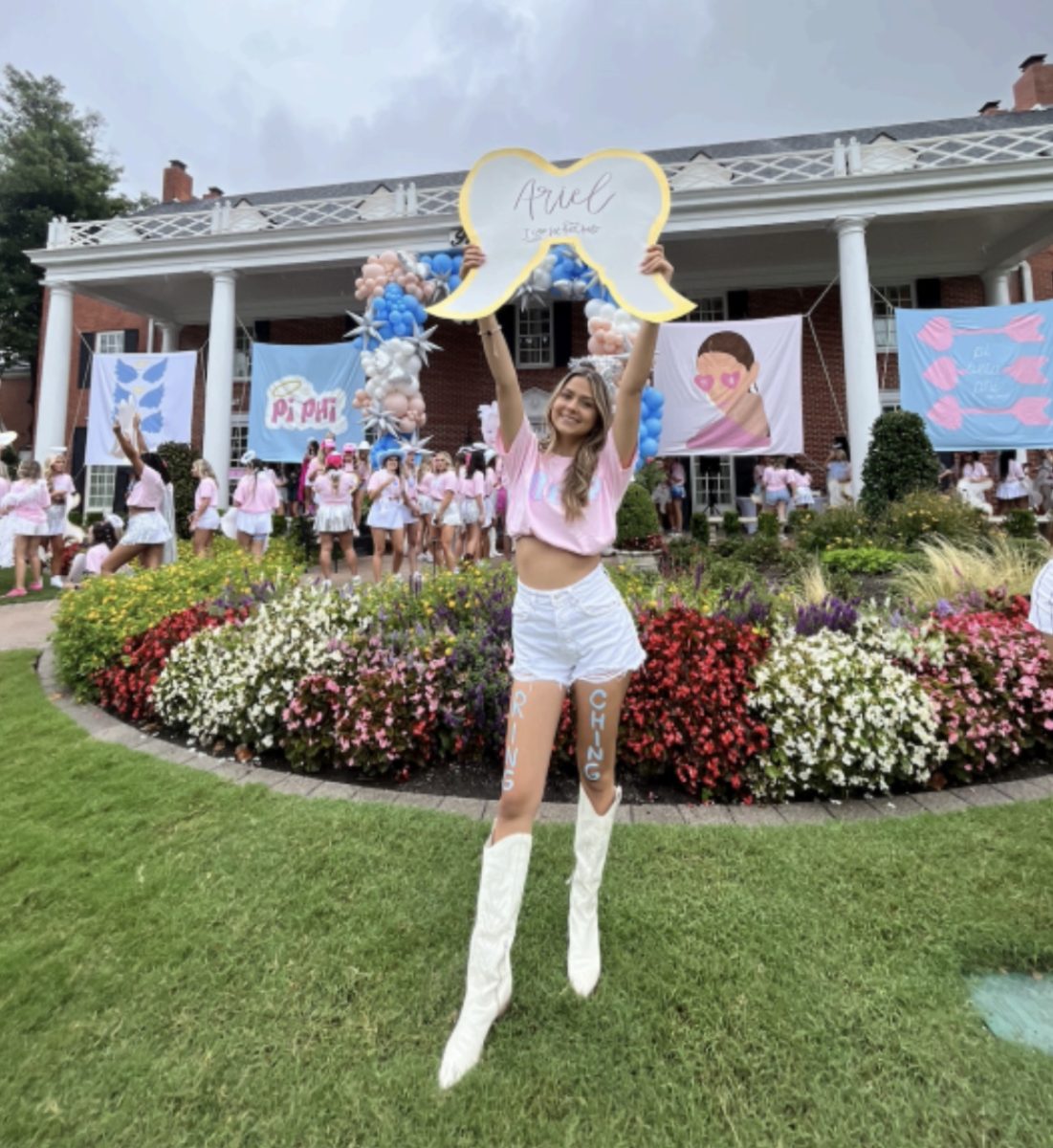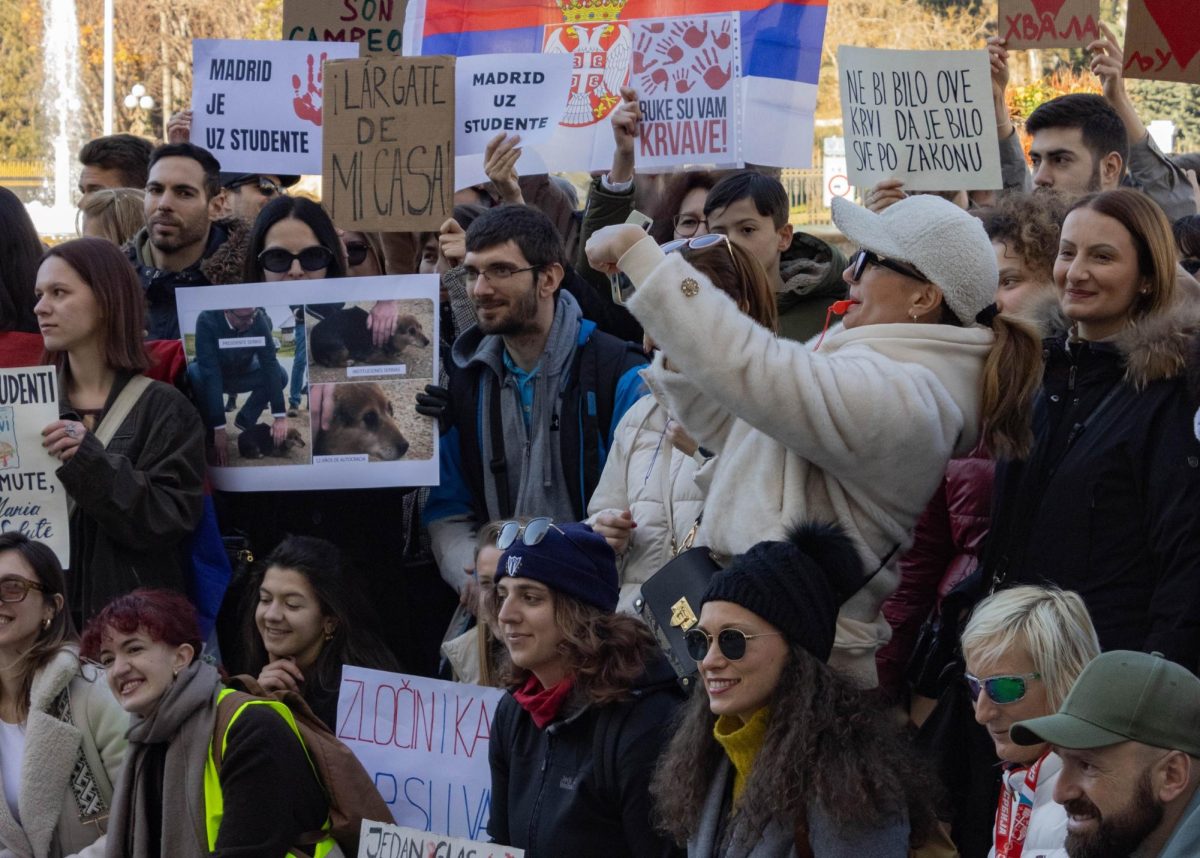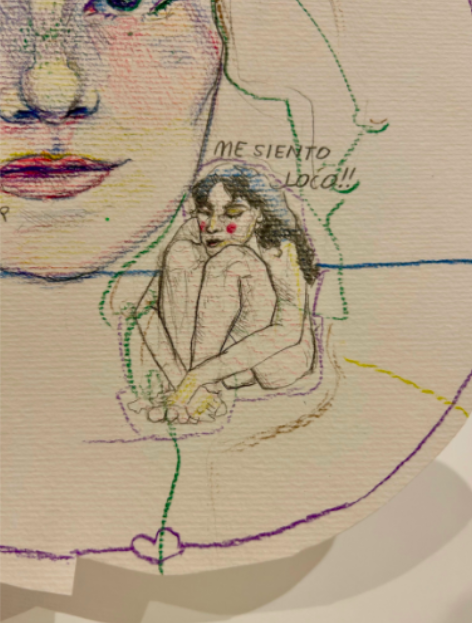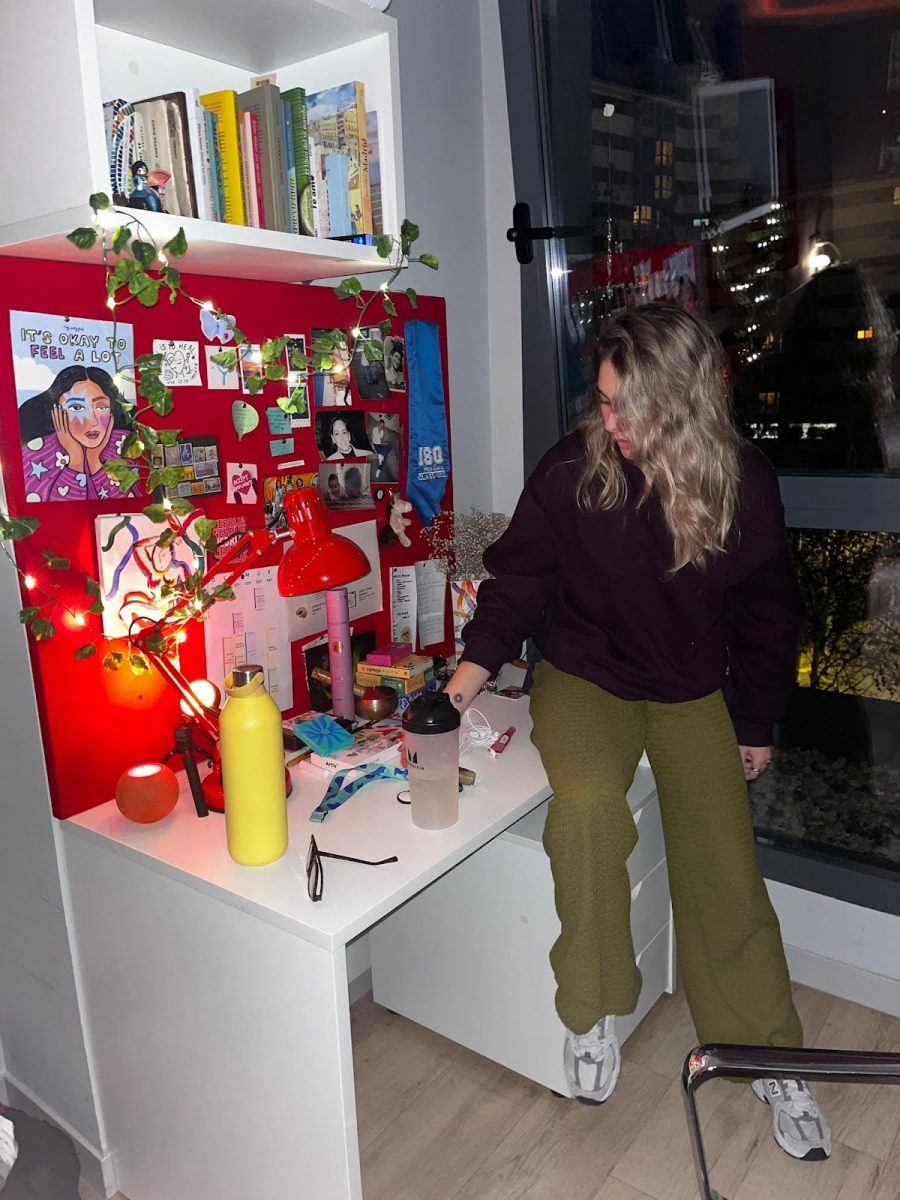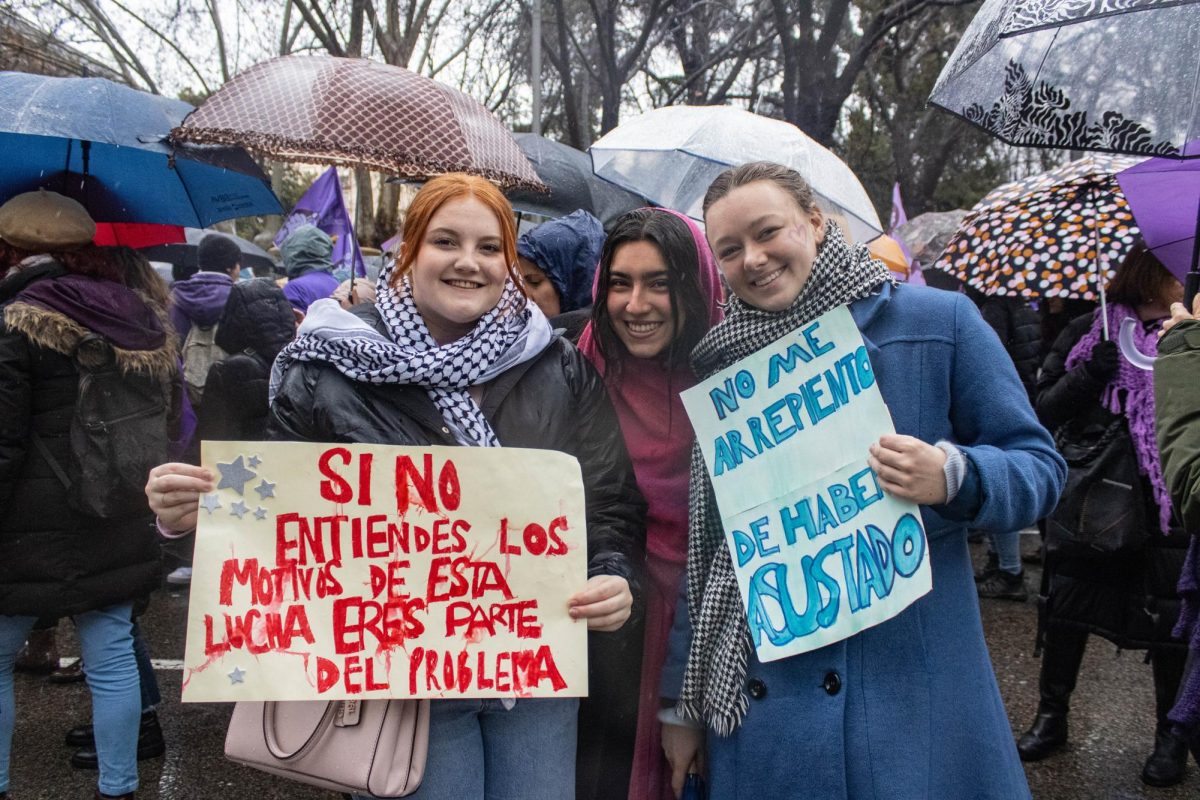Denise Omanía, a student at CEU San Pablo, is not that much into fashion and claims to be “normal” when it comes to her style.
“I just wear what is comfortable, and that is it. I usually just get my clothes mostly from Zara,” said Omanía.
The two girls, Carola Martin and Ainhoa Iturve, both students as well at CEU, joined the conversation and explained how they just wear whatever they thought was comfortable.
Martin said, “I wear Zara, Bershka, and just any of those brands.” Iturve showed a sign of agreement with Martin and then said, “I just don’t wear tracksuits.”
People who wear casual clothing are known as “básicos,” one of the many urban tribes present in Madrid. They are known for wearing clothes that do not stand out too much, love to listen to reggaeton, and are slightly formal in the way they dress.
There are also other notable urban tribes like ‘canis’ who wear tracksuits, ‘pijos’ which wear more elegant clothes like shirts and pants, “modernos” which are those who wear baggy jeans, hoodies and extravagant clothing, and “cayetanos” that wear traditional Spanish clothing.
“Look. This is me dancing to ‘Ay Lupita’ in the Dominican Republic,” said Omanía while constantly showing saved stories while listening to that specific song.
Later, Omanía gave her Instagram and said, “Text me so that we can go out and dance reggaeton.” Her love for reggaeton is common for the “básicos.”
Isabelle Ruiz, an art and fashion history professor at the Fashion Academy Isa near Argüelles, explained how the different urban tribes developed in Spain and throughout the world.
“The tribes have existed since WWII to differentiate the children from their parents. It was a form of protest. They also have been formed by the different music genres people listen to,” said Ruiz.
“Economics has to do a lot with what people wear. While ‘xonis’ or ‘canis’ are popular, they usually live in the outskirts of the city where it’s cheaper. The Pijos and Cayetanos usually live in the center, and their style is influenced by their job position and studies,” said Ruiz when explaining the origins of the current tribes in Madrid.
Jaime Jiménez, another student at the CEU San Pablo, describes himself as a “Pijo” and said he also buys his clothes from Zara.
While Omanía and Denisse wore a more casual, yet formal type of clothing, Jiménez wore his clothes more elegantly as he had a shirt and a puffy vest with khaki jeans and some loafers; this style is characteristic of “pijos.”
While both the girls and Jiménez had different styles, they went out for a party at the same club, Fitz, a famous reggaeton and house music club and a club that is famous for Madrid’s typical “pijos,” “cayetanos,” and affluent “básicos” from the city.
Nearby SLU, another urban tribe is present, which is Cayetanos. They are known for a classy style while maintaining a traditional Spanish look.
Carla Riverol, a chemistry student at the Complutense, said that she loves Spanish clothing that is elegant and classy.
“I just love wearing cute floral vests and colorful scarves like the ones I have. I also love men who wear their buttoned-up shirts and who are traditional, you know,” said Riverol while wearing a bracelet that has the Spanish flag.
“I do not care that much what other people wear, but why do canis go out to the street just wearing tracksuits? It looks ugly and makes the person look like they could cause a scene. Also, modernos sometimes take their style way too far. Some could tone it down a bit,” said Riverol when asked about other urban tribes.
Riverol is more conservative in how she sees other styles. She is somewhat tolerant to distinct styles, yet doesn’t like people who stand out too much.
Cayetanos, while similar to pijos, are usually more traditional and religious. They also wear brands that are more national, like “El Ganso,” “scalpers,” “Zara,” or local shops throughout the cities, and always have a Spanish flag bracelet on.
Fitz, on the weekends at night, is always full to the brim. When passing by at 1:00 a.m. on a Friday night, one can see a big line forming of people wearing more casual and laid-back clothing while having a slightly elegant look, something most pijos are known for.
Going down to the center of Madrid from Fitz, there are more clubs that appeal to district urban tribes. Just right outside “La Discoteca,” a club right near Sol in the Sevilla metro stop, more extravagant looks could be seen on the line outside. People were wearing leather jackets and baggy jeans. Some wore tank tops, while others wore oversized shirts with a tie and a lot of rings.
Evaluna Dekker, an international student studying scenic arts at TAI, self-proclaims to be a “Moderna,” another fashion group seen in Madrid.
“Choosing my outfit is a hassle. I have tons of clothes, and I do not know what to wear, so I plan my outfit the night before,” said Dekker laughingly.
“I’m clearly a ‘Moderna.” I love wearing cool stuff I find throughout the city and being unique with what I wear. I enjoy shopping in thrift shops, local shops, and in the Rastro as well,” said Dekker while in the line to enter “La Discoteca.”.
Inside the bustling lights and sound in the club, many brands were seen that are unique to Madrid and Spain. Someone was wearing a white and blue football shirt with a slightly cropped fit with the words “Scuffers” on the back and having the word Madrid on the front and a cool blue baseball hat. Another guy wore a T-shirt that said “Not Ibiza Yet” and had the letters in a red print.” Some wore tight black sports t-shirts with baggy jeans. Only a few had the pijo style in that club.
Close by, near “La Discoteca,” there are many places where other “modernos” go. For example, on Fridays, a club in Sol named “Casa Pepa” attracts a different type of modernos, one who listens more to Spain’s underground music scene and right near the street. There are also many clubs that attract the typical “Pijo.”
At the metro stop, Imanol Jiménez, a student who studies audiovisual communications, was wearing an Adidas tracksuit in which the lines were golden in color.
“I’m a cani. I wear tracksuits because they’re comfy, but I usually get my style from the different types of songs I listen to,” said Jiménez.
“I usually listen to Yung Beef, Disobey, and those types of artists,” said Jiménez while taking a hit of his yellow and orange vape.
Each urban tribe in Madrid is unique by the brands they wear, what music they listen to, how they style their clothes, and even their political standings. This clear difference creates small microbubbles of friend groups adherent to their styles. (Cut)
Pijos usually walked with pijos, modernos with modernos, and canis with canis.
